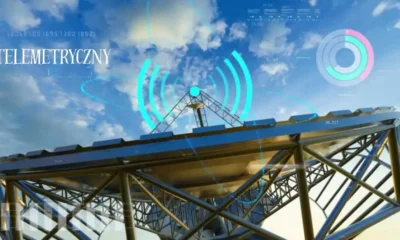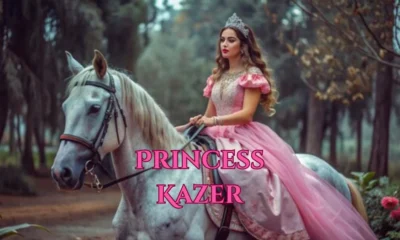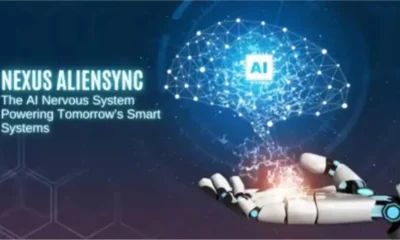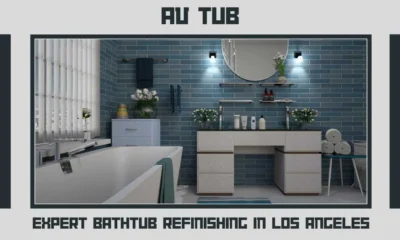GENERAL
Spaietacle: Immersive Storytelling Through Space and Tech
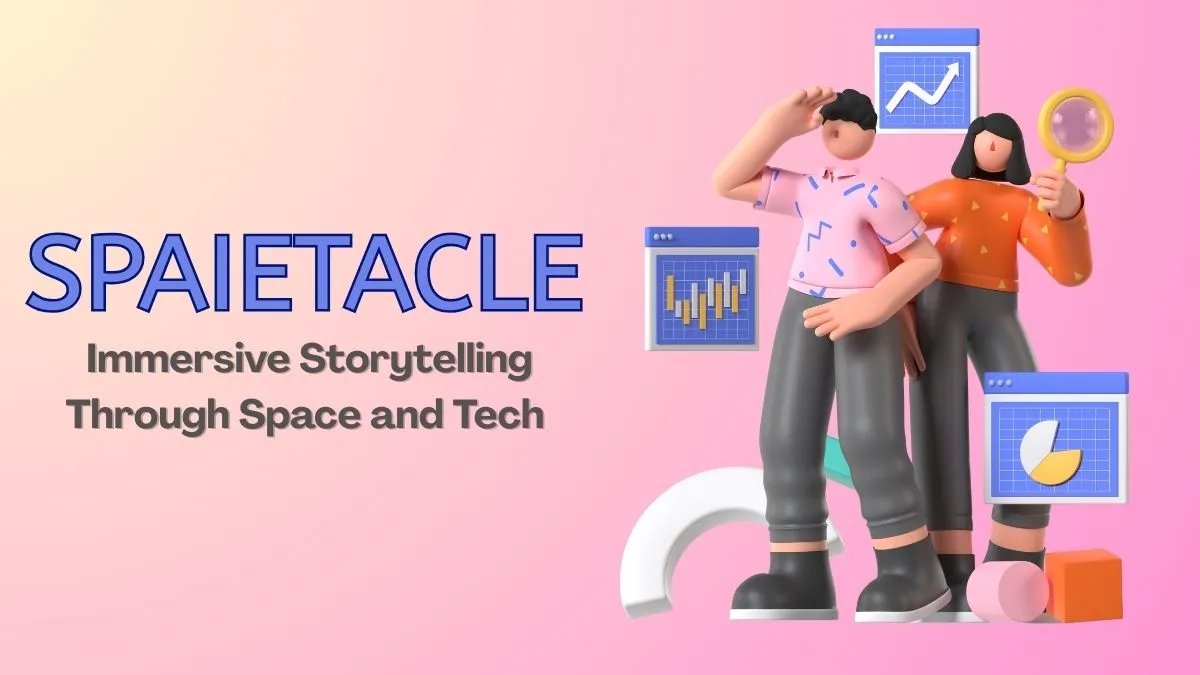
Spaietacle transforms storytelling by making space the medium. Using VR, AR, and sensory design, it immerses audiences in interactive narratives, shaping the future of performance, education, and cultural engagement.
Introduction
Storytelling has always been central to human culture, evolving from cave paintings and oral traditions to theatre, cinema, and digital media. Today, a new paradigm is emerging, Spaietacle, a concept derived from the Latin words Spatium (space) and Spectaculum (spectacle or performance). Unlike traditional performances that keep audiences as passive observers, immersive storytelling transforms environments into living, narrative experiences. Here, physical or digital spaces themselves become the medium, enabling audiences to move through, interact with, and shape the unfolding story.
What Is Spaietacle?
Spaietacle is the fusion of space and spectacle into a cohesive storytelling language. Instead of consuming stories through screens, people move through them.
Key components include:
- Virtual Reality (VR): Fully immersive worlds, like exploring a mythological underworld.
- Augmented Reality (AR): Historical figures reappearing in modern city streets.
- Interactive Projections: A room where walls ripple like water as you touch them.
- Spatial Audio: Footsteps echo behind you, hinting at unseen characters.
- Sensory Design: The scent of pine in a VR forest or a sudden chill during a suspenseful moment.
Each element turns space into a narrative agent, not just a backdrop.
The Philosophy Behind Spectacle
It is not just technological, it’s philosophical. It dismantles the “fourth wall” of theatre and replaces the fixed frame of cinema with participatory narratives.
It draws from:
- Architecture: Space as emotional guidance, narrow corridors build tension, open plazas create relief.
- Game Design: Branching choices where audience decisions alter outcomes.
- Performance Art: The primacy of the body and presence, where being inside the story matters more than observing it.
It is not a pre-set story but a living system, adapting to each participant. No two journeys are identical.
Applications of Spaietacle
Unlike abstract theory, spectacle already has clear applications:
- Entertainment & Theatre: Productions like Sleep No More in New York, where audiences wander through a multi-story set, are early Spaietacle prototypes. Future shows could use AR masks to reveal hidden layers of performance.
- Museums & Heritage: The “Lascaux IV” cave replica in France uses projection and VR to let visitors step inside prehistoric art without damaging the original.
- Education & Training: A medical student could walk through a beating heart in VR, or firefighters could rehearse inside a simulated burning building.
- Healthcare & Therapy: PTSD patients already use VR for trauma desensitization; immersive storytelling expands this by layering sensory cues for more profound healing.
Spaietacle vs. Traditional Storytelling
| Aspect | Traditional Performance | Spaietacle |
| Audience Role | Passive observer | Active participant |
| Medium | Stage, screen, or book | Physical/digital space |
| Perspective | Fixed, linear | Dynamic, interactive, non-linear |
| Technology Use | Limited | VR, AR, projections, AI |
| Narrative Adaptation | Same for all | Tailored to each journey |
Technologies Driving Spectacle
Several converging technologies make immersive storytelling possible:
- VR/AR platforms (Meta Quest, HTC Vive, Apple Vision Pro) allow seamless immersion.
- Projection mapping transforms buildings into moving story surfaces.
- AI storytelling engines adapt plotlines in real-time, giving each audience member a unique narrative arc.
- Haptic interfaces simulate touch, imagine feeling raindrops in a VR monsoon.
- IoT-enabled environments sense movement and respond with narrative cues, like lights dimming as you enter a room.
Challenges of Spectacle
Innovation comes with hurdles:
- Accessibility: Headsets and custom-built venues are expensive.
- Narrative Balance: Too much freedom risks incoherence; too little freedom defeats the purpose.
- Technical Complexity: Requires collaboration across art, tech, design, and psychology.
- Sustainability: Large-scale projections and installations consume significant amounts of energy; therefore, designing eco-friendly immersive storytelling is essential.
Why Spectacle Matters in the Digital Age
Audiences today crave engagement, interactivity, and personalization. A TikTok scroll lasts seconds, but immersive storytelling keeps people immersed for hours. It satisfies the digital generation’s demand for agency while offering profound cultural and educational experiences.
Beyond entertainment, immersive storytelling also plays a role in:
- Preserving culture by recreating endangered heritage sites in interactive form.
- Advancing science education with embodied, experiential learning.
- Supporting wellbeing with therapeutic immersive spaces.
The Future of Spectacle
Tomorrow’s immersive storytelling will be a hybrid blend of real and virtual experiences, seamlessly merging the two. With AR glasses becoming everyday tools, an ordinary park could transform into a Shakespearean forest with digital overlays. AI-driven adaptive narratives could mean that no two immersive storytelling experiences are ever alike.
Research in neuroaesthetics, how the brain perceives art and space, is shaping designs that maximize emotional resonance. Eventually, it could become as common as cinema, extending from theatres and museums into classrooms, hospitals, and even city planning.
FAQs
Q1: How is Spaietacle different from VR games?
VR games focus on objectives and competition. It prioritizes narrative, atmosphere, and shared meaning.
Q2: Is Spaietacle purely digital?
No. It thrives on the blend of physical architecture and digital overlays, making it hybrid by nature.
Q3: Can Spaietacle be scaled to classrooms?
Yes. Imagine history students walking through a digitally reconstructed Pompeii, exploring it firsthand instead of reading about it.
Conclusion
Spaietacle is more than a performance technique; it is a new storytelling language that unites art, technology, and architecture. By giving audiences agency inside narrative spaces, it redefines how stories are told and experienced. While challenges of cost, accessibility, and sustainability remain, the rapid evolution of immersive technologies suggests that immersive storytelling will soon become a central medium of cultural expression, education, and community experience.
-

 BIOGRAPHY7 months ago
BIOGRAPHY7 months agoBehind the Scenes with Sandra Orlow: An Exclusive Interview
-

 HOME1 year ago
HOME1 year agoDiscovering Insights: A Deep Dive into the //vital-mag.net blog
-

 HOME1 year ago
HOME1 year agoSifangds in Action: Real-Life Applications and Success Stories
-

 BIOGRAPHY1 year ago
BIOGRAPHY1 year agoThe Woman Behind the Comedian: Meet Andrew Santino Wife

